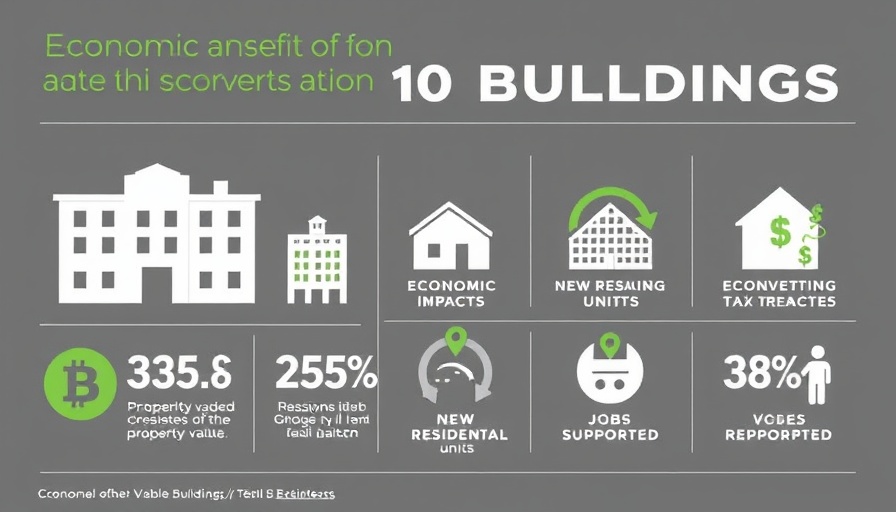
Understanding the Recent Cargo Trends at San Pedro Bay
The San Pedro Bay, which houses the Port of Los Angeles and the Port of Long Beach, is currently experiencing a complex cargo landscape. While the Port of Los Angeles achieved a historical milestone by moving 892,340 containers in June — an impressive feat for the bustling harbor — the Port of Long Beach faced significant challenges, witnessing a 16.4% decline in the volume of containers, tallying only 704,403 in the same timeframe. This disparity reflects underlying pressures affecting port operations and the broader economy.
The Influence of Tariffs on Import Strategies
As we witness these developments, the looming shadow of increased tariffs has led many importers to rethink their strategies. According to Gene Seroka, Executive Director of the Port of L.A., several companies are proactively shipping year-end holiday goods earlier than usual to circumvent potential price hikes. This tactic emphasizes the immediate effects of trade policies on local business activities and strategy.
The Strategies for Boosting Short-term Freight Volume
In response to these shifts, the Port of Long Beach is adopting innovative measures to enhance efficiency. Chief Executive Mario Cordero highlighted the implementation of the Supply Chain Information Highway, a digital tool designed to increase transparency and streamline cargo movements. This reflects a significant shift toward tech-enhanced operations that aim to maintain competitive advantage amidst fluctuating trade conditions.
Relevance to Local Businesses and Community Dynamics
For local communities and businesses, these cargo trends are not just statistical figures; they represent opportunities and challenges that can affect local economies and neighborhoods significantly. Understanding how tariffs and cargo movement impact our ports will help businesses adapt wisely and position themselves favorably in a dynamic market. With July potentially being the peak month for freight, it's crucial for local retailers and manufacturers to remain vigilant and informed as they prepare for what's ahead.
 Add Row
Add Row  Add
Add 




Write A Comment